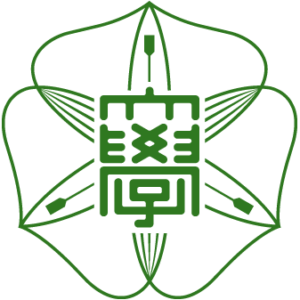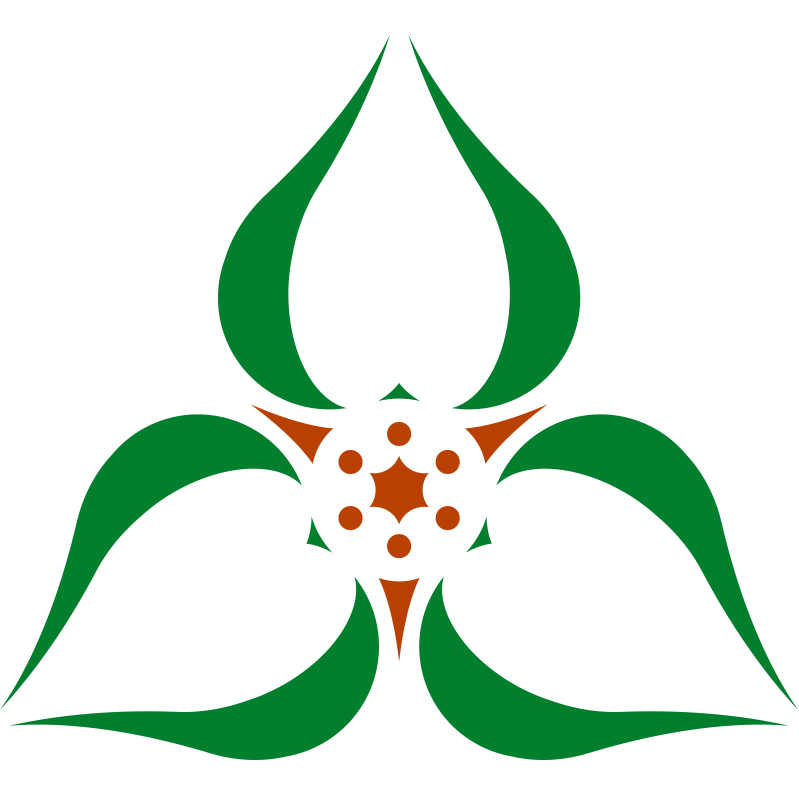
診療録(カルテ)のあり方
2022年4月より人事主任、診療教授を拝命しております。また、眼科内の医療安全リスクマネージャーも兼任していますので、今回は医療安全、特に診療録カルテ)のあり方についてお伝えしたいと思います。
先日、NHKスペシャルで群馬大学病院での医療過誤に関する特集が放送されました。この事件は、 2010年から2014年にかけて行われた腹腔鏡を用いた肝臓切除手術の術後、8名の患者が相次いで亡くなられたという大変痛ましいものであり、多くの方がご記憶されていることと思います。 この事件では、一人の医師が複数の医療死亡事故を起こしていたことから、その医師個人の責任が問われました。しかし、同時にその背景として、医師に対する過重労働の実態や功績を挙げなければならないというプレッシャー、さらには医療過誤を感知し未然に防ぐためのシステムが整備されていなかったという病院管理側の責任も大きく指摘されました。この事件を契機に、日本全国の病院で医療安全に関する部署が設置され、医療の質と安全性を高めるための取り組みが加速しました。 ちなみに、北海道大学病院ではこれよりも早い2003年に医療安全管理部が設置されており、その初代部長を務められたのは先代眼科教授の大野 重昭先生でした。先見的な取り組みが評価されるべきですが、このような組織改革が全国に広がったのは、群馬大学病院の事件の影響が大きいと考えられます。
NHKスペシャルでは、事件後の群馬大学病院が医療安全に向けて取り組んできた改革についても紹介されていました。例えば、入院患者がいつでも自分の診療録(カルテ)を閲覧できるシステムを導入したり、医療安全委員会に患者会の方々を委員として迎えるなど、患者の視点を取り入れた新たな試みが実践されています。また、名古屋大学病院では、一部の診療科においてスマートフォンから検査データや画像データをいつでも閲覧できるようになっているとのことでした。
こうした事例から再認識されるのは、医療安全は医療提供者側だけでなく、患者の参画があって初めて成り立つものだということです。従来、カルテは医師の備忘録的な性格が強く、医師自身が理解できれば良いという風潮がありました。しかし、現在ではカルテは患者のためのものであり、患者がいつでも閲覧できることが求められる時代になっています。
しかし、北大眼科のカルテを見てみますと、まだ改善の余地があると感じざるを得ません。内容が更新されずにコピーペーストされたままの記録が残っていたり、患者とのやり取りが詳細に記載されていなかったりするケースが散見されます。多忙な診療の中で詳細に記録を残すのは負担に感じるかもしれませんが、これらの記録は医療者自身を守る重要な役割を果たします。
患者や第三者がカルテを閲覧した際、不必要な誤解や詮索を避けるためにも、カルテは患者の目を意識して作成されるべきです。そして、それは同時に医療者の信頼を守り、医療安全を確保するための重要な手段でもあります。すでにそのような意識でカルテを記載されている先生も多いと思いますが、この機会に、カルテのあり方を見直し、患者と医療者の双方にとって価値ある記録を目指していただければ幸いです。
Preface “The role of medical record”
I have been appointed to the positions of Chief of Human Resources and Clinical Professor since April 2022. I also serve as Medical Safety Risk Manager for the Department of Ophthalmology, and I would like to share some infor-mation about medical safety, especially medical records.
Recently, a special feature on medical malpractice at Gunma University Hospital was broadcast on NHK Special. Many of you may remember this very tragic incident, in which eight patients died one after another after laparo-scopic liver resection surgeries performed between 2010 and 2014.
In this case, a single physician was responsible for sev-eral medical mortalities, and the physician was held personally liable for the deaths. At the same time, how-ever, it was also pointed out that the hospital administration was largely to blame for the overworked doctors, the pres-sure to achieve high performance, and the lack of a system in place to detect and prevent medical malpractice. This incident led to the establishment of departments for med-ical safety in hospitals throughout Japan, and accelerated efforts to improve the quality and safety of medical care.
Hokkaido University Hospital established a Medical Safety Management Department earlier than this, in 2003, and its first director was Dr. Shigeaki Ohno, the previous chairman professor of the Department of Ophthalmology. While his visionary efforts are to be commended, it is believed that the Gunma University Hospital incident had a significant impact on the spread of such organizational reforms throughout Japan.
The TV show also highlighted the innovations that Gunma University Hospital has undertaken for medicalsafety since the incident. For example, the hospital has implemented a system that allows inpatients to view their own medical records at any time, and new attempts have been made to incorporate patients' perspectives by invit-ing members of the patients' association to serve on the medical safety committee. In addition, some departments at Nagoya University Hospital have introduced a system that allows patients to view test data and image data from their smartphones at any time.
These attempts remind us that medical safety can only be achieved with the participation of patients, not only of medical staff. In the past, medical records had a strong character of being a memorandum for physicians, and there was a tendency that it was good enough if the physicians themselves could understand them. Today, however, medical records are for the benefit of patients, and patients are expected to be able to access them at any time.
However, looking at the medical records of the Department of Ophthalmology at Hokkaido University, we cannot help but feel that there is still room for improve-ment. There are many cases where records remain copy-pasted without being updated, or where communi-cations with patients are not described in detail. While it may seem burdensome to keep detailed records during a busy practice, these records play an important role in pro-tecting the physicians themselves.
Medical records should be written with consciousness of the patient's viewpoint in mind to avoid unnecessary misunderstandings and inquiries when patients or third parties review the medical record. At the same time, it is also an important approach to protect the trust of medical staff and to ensure medical safety. Although many physi-cians may already make medical records with these considerations in mind, we hope that you will take this opportunity to review your medical records and aim to achieve records that are valuable to both patients and healthcare staff.




